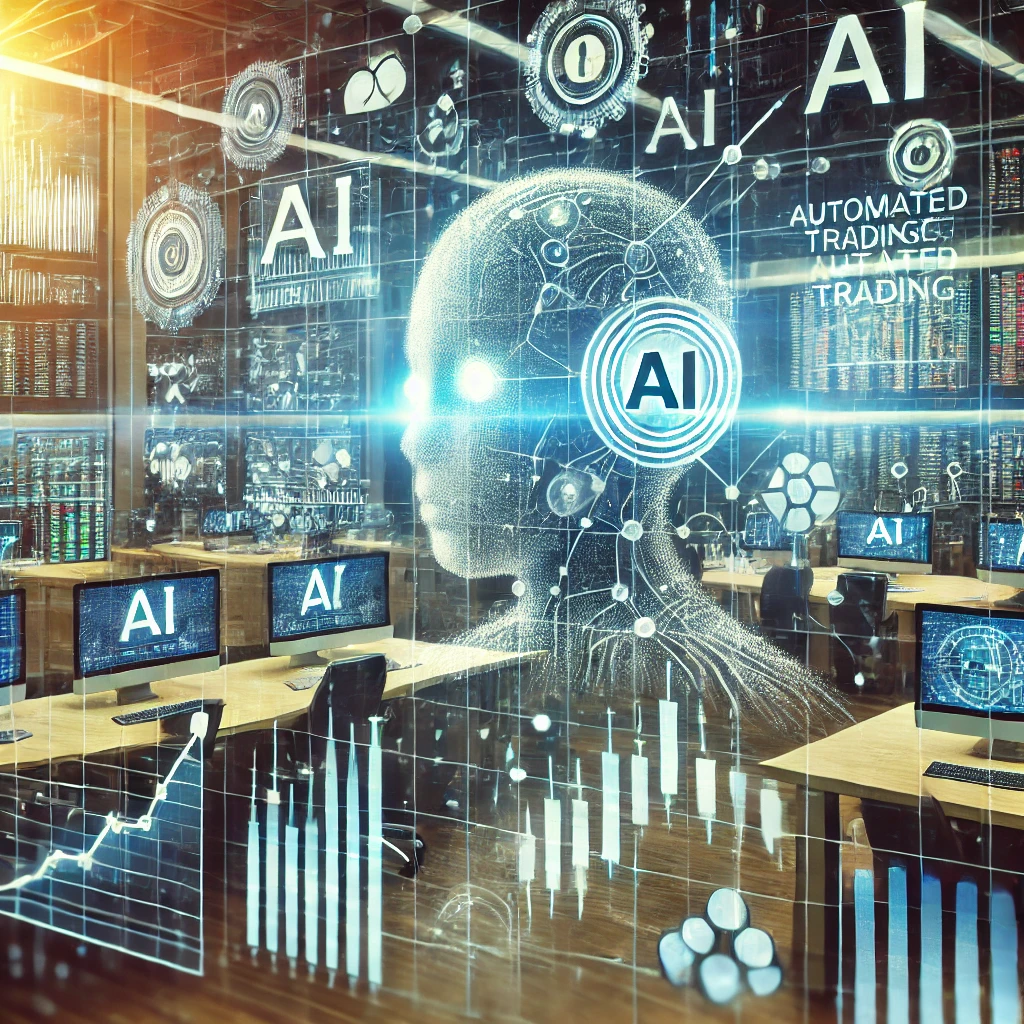Artificial intelligence (AI) is transforming the financial sector by enhancing market prediction, automating trading processes, and improving risk analysis. The integration of AI into finance offers unparalleled advantages, providing accuracy, speed, and data-driven decision-making that surpass traditional methods. This article delves into the ways AI is revolutionizing the financial industry through these key areas.
Market Prediction
AI’s ability to analyze vast amounts of data quickly and accurately makes it a powerful tool for market prediction. Machine learning algorithms can process historical data, news articles, social media sentiment, and other relevant inputs to identify patterns and trends that humans might miss. This capability allows for more accurate forecasting of stock prices, economic indicators, and market movements.
One of the primary techniques used in market prediction is supervised learning, where AI models are trained on historical data to predict future outcomes. These models continuously improve as they are exposed to more data, refining their accuracy over time. For example, AI-powered platforms like Kensho and Aladdin by BlackRock utilize advanced analytics to provide insights and forecasts, helping investors make informed decisions.
Furthermore, AI can perform sentiment analysis on financial news and social media to gauge market sentiment. By analyzing the tone and frequency of mentions of specific stocks or economic events, AI can predict how these factors might impact market movements. This real-time analysis provides investors with a competitive edge in fast-paced financial markets.
Automated Trading
Automated trading, also known as algorithmic trading, has been significantly enhanced by AI technologies. AI-driven trading algorithms can execute trades at high speeds and frequencies, capitalizing on market opportunities that are imperceptible to human traders. These algorithms are designed to make trading decisions based on pre-defined criteria, such as price movements, trading volumes, and other market indicators.
High-frequency trading (HFT) is a prominent example of AI in automated trading. HFT systems use complex algorithms to execute thousands of trades in fractions of a second, taking advantage of small price discrepancies. AI enhances these systems by improving their ability to learn from data and adapt to changing market conditions. This results in higher efficiency and profitability.
Moreover, AI can optimize trading strategies by continuously analyzing their performance and making adjustments. Reinforcement learning, a type of machine learning, is particularly effective in this context. In reinforcement learning, algorithms learn to make decisions by receiving feedback on their actions, allowing them to optimize trading strategies dynamically.
Risk Analysis
Risk management is a critical component of financial services, and AI significantly enhances the ability to identify, assess, and mitigate risks. Traditional risk analysis methods often rely on historical data and static models, which may not adequately capture the complexity and dynamism of financial markets. AI, on the other hand, can analyze large datasets from various sources in real time, providing a more comprehensive and nuanced understanding of risks.
AI-powered risk assessment tools can detect anomalies and predict potential risks with high accuracy. For instance, AI can identify fraudulent transactions by analyzing patterns that deviate from typical behavior. This capability is particularly valuable in areas such as credit scoring, where AI models can evaluate the creditworthiness of borrowers by analyzing a wide range of data points, including transaction histories, social media activity, and other non-traditional indicators.
Additionally, AI enhances stress testing and scenario analysis. By simulating a wide range of economic scenarios, AI can help financial institutions understand how different factors might impact their portfolios. This enables more effective contingency planning and risk mitigation strategies.
Conclusion
AI is revolutionizing the financial sector by providing advanced tools for market prediction, automated trading, and risk analysis. These technologies enhance the accuracy, efficiency, and responsiveness of financial services, offering significant benefits to investors, institutions, and consumers. As AI continues to evolve, its integration into the financial industry is expected to deepen, driving further innovations and improvements in financial management and decision-making.



AI’s basically the ultimate trader now—predicting markets, automating trades at lightning speed, and managing risk like a pro. It’s like having a money-making robot that never sleeps!
What is clear is that I will never trust a robot with my finances.
Wow, AI in finance is amazing! 💰 Faster, smarter, safer—love it! 📈 Excited for what’s next!
Yeah but if that ai glitches and you lose all your cash… you cant even rage at anyone about it! 💀
ai in finances its sounds risky… 😅😅